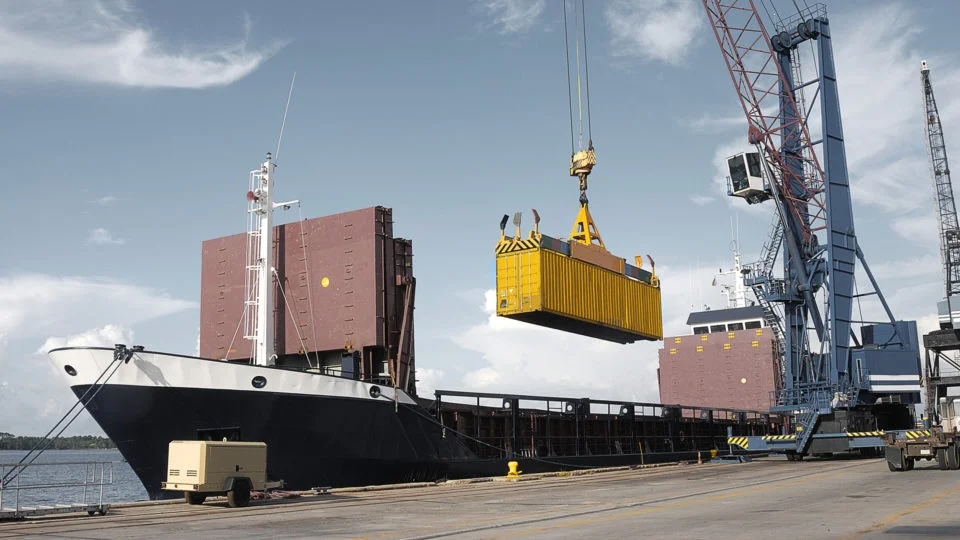Have you considered buying Used vs New Gear?

In the Rental and Production space, the need for CapX (Capital Expenditures) is often overlooked early on. Financial or PE firms will acquire businesses without even considering the heavy outlay of cash, often as high as 25-30% of your total earnings each and every year.
Given the size of this spend, most companies will still only consider purchases of brand new equipment, often not only based on new models either! This is explained away in various ways:
- The appeal of new gear warrantees
- My bank lends more on new gear than used
- We like to keep our inventory fresh
- We like the manufacturer or distributor
- The vendor is giving us payment terms
I am certain there are other reasons, but these are likely the main ones that most will come back with, and sure, they’re all valid. But, if I were to tell you that you can purchase the same piece of gear for 30% less, and receive the most meaningful benefits, with no downside, would you? Certainly, there will be a spec or another reason that you must have the latest version of something, and there are not yet any available on secondary markets. I get it. But in at least 50% of your purchasing needs, this is not the case. Following is a more in-depth explanation of the most meaningful reasons to buy used vs new in at least some cases:
- Lower Initial Capital Outlay
- Used equipment typically comes with a lower purchase price than new, meaning you need less capital upfront. This not only frees up more of your budget for other essential costs—such as labor, logistics, or venue fees—but also reduces potential interest if you finance the purchase.
- From an amortization perspective, you spread out the cost of the gear over its useful life. When the initial cost is lower, the periodic amortization expense on your financial statements is also reduced. This can strengthen your financial position, making your balance sheet more appealing to investors or lending institutions.
- Favorable Tax Implications
- When you purchase equipment—new or used—you can typically claim depreciation on your taxes. Because the purchase price of used equipment is lower, you can still benefit from depreciation without the higher upfront expense. In certain jurisdictions, there may be accelerated depreciation schedules (like Section 179 in the U.S.) that allow you to deduct a large portion of equipment costs in the first year, providing valuable tax relief.
- Higher Re-Sale Value Retention
- New equipment often depreciates quickly—sometimes losing 40–50% of its value in just a couple of years. In comparison, used equipment often holds onto its value longer once it has reached the secondary market. For instance, purchasing a used item for a fair market price can result in a much smaller delta when you re-sell it. It is not unusual to recoup 80–100% of the original used purchase price. This makes used gear more of a stable investment with lower risk and a higher overall return on investment (ROI) if you decide to switch or upgrade gear down the line.
- Consistent Rental Rates
- Rental rates are determined by the brand name, type, and functionality of equipment, not whether it is new or slightly older. This means a reliable piece of used gear will command the same rental price as its brand-new counterpart. You will earn equivalent rental revenue, but with a substantially lower capital investment.
- Reliable Modern Gear
- Advancements in design, materials and manufacturing have improved the durability and performance of modern sound, lighting, video, and staging equipment. This heightened reliability means that purchasing a used console, moving light, or LED wall typically comes with minimal operational risk. As long as the gear is well-maintained and not approaching the end of its natural lifecycle, used equipment will perform at the same levels as new models for years to come.
- Cash Flow & Flexibility
- Since used gear is generally less expensive, smaller production companies can own your inventory outright rather than resorting to long-term rentals or lease agreements. Owning equipment leads to more flexibility in scheduling, greater availability for last-minute events, and the possibility of subleasing gear to others. The net result: better control over your cash flow and profit margins, plus asset growth!
The bottom line is this… do not discount the option of purchasing used gear for your spring or summer tours this year! You can offer identical quality and rates, but with a significantly better impact to your own bottom line. And of course, we appreciate when you choose to acquire that used gear from your friends, and the cross-border experts at GearSource!
Marcel Fairbairn / Founder & CEO

